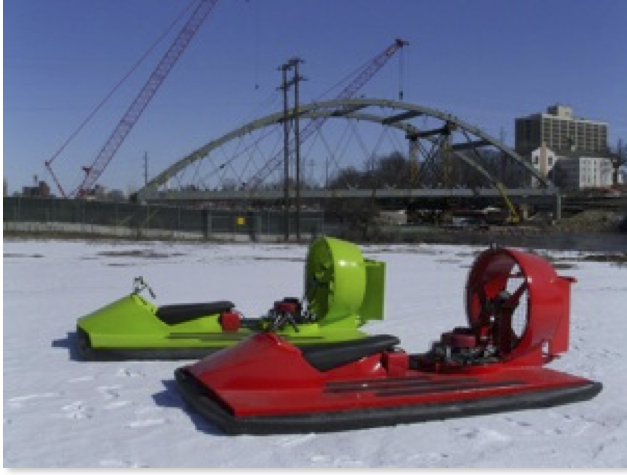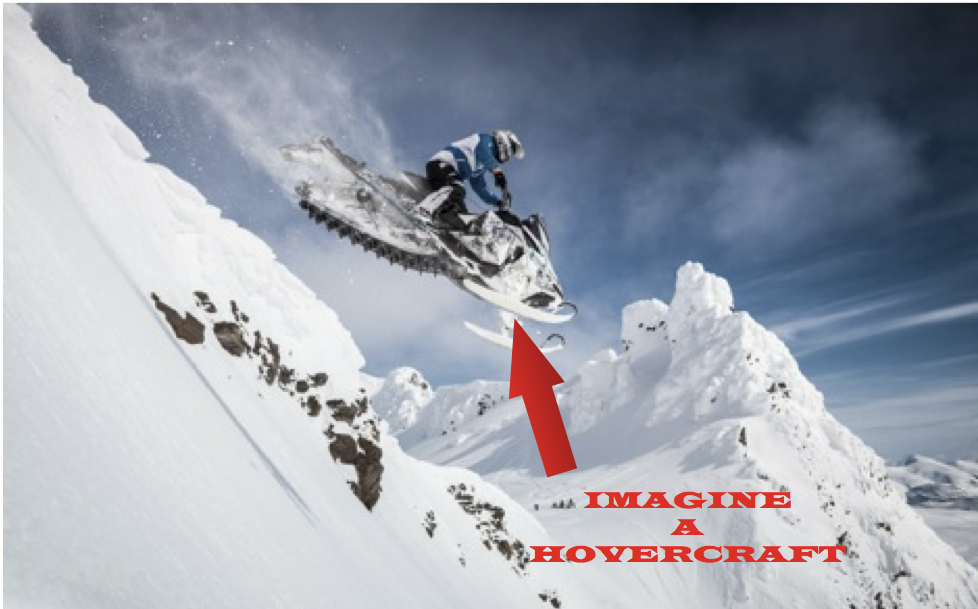Project 2: Learning goals
- Predict the motion of a single-particle system executing constant velocity or constant acceleration motion using appropriate representations (this includes verbal, graphical, diagrammatic, mathematical, and computational representations).
- Collect, analyze, and evaluate data to determine the type of motion and the properties of the motion of a single-particle system.
- Evaluate the applicability/limitations of models and the validity of predictions for different types of motion.
- Apply the momentum principle (Δ→p=→FΔt; d→p=→Fdt) iteratively/computationally to predict the motion or determine the properties of motion/net force acting on a single-particle system where the net force is not constant (e.g., due to spring-like restoring forces or dissipative drag forces).
Project 2: Learning issues
- Forces cause changes in momentum
- Kinematic Equations - Constant Acceleration
- Gravitational Force Near Earth
- Vector Components
- →Fnet=m→a=Δ→pΔt
- Iterative Prediction of Motion
Project 2: Part A: Escape from ice station McMurdo
You are a member of a scientific research team at McMurdo ice station which is funded by the Carver Media Group in Antarctica.
Two members of your research team have recently returned from investigating an incident at a Norwegian research facility. They brought with them a burnt humanoid body with two faces. Since the disturbing discovery, several inhabitants of the ice station have disappeared. Frightened, a member of your team decided to flee the station on a fan-powered hovercraft but you receive a distress call not long after their escape that their steering and acceleration controls have been jammed and they need your help.
| Time | Your Team Member's Position | Your Position |
|---|---|---|
| 0 s | 2536.40 m | 10.47 m |
| 10 s | 3072.80 m | 41.88 m |
| 20 s | 3609.20 m | 94.22 m |
You decide to attempt a rescue in another hovercraft. The hovercrafts do not have a velocity or acceleration gauge but they do have GPS locators and you possess your trusty stopwatch. The GPS locator tells you the exact position of both your craft and other team members' craft relative to the ice station. You are following their path. You collect the following data for the first 20 seconds of your journey.
You need to tell the runaway researcher the exact time from your starting time to jump onto your hovercraft as you may only have one shot at this rescue.
Project 2: Part B: Escape from ice station McMurdo
Just as you are about to radio the time to jump to the runaway researcher, you realize the steering and acceleration controls have become frozen on your hovercraft and so it continues to accelerate and you cannot change direction. 200m ahead of the point at which you were going to tell the researcher to jump is an ice ravine. At the bottom of the ice ravine, 400m below, is an unfrozen salt water pool surrounded by stalagmites. From the ravine's edge to the pool is 490m and the pool stretches for 900m. You are moving too quickly to survive jumping off the hovercraft, but might survive the fall into the pool by staying on the hovercraft; it has seat belts. You now have a choice to make, to stay on your hovercraft or jump to the runaway researcher's hovercraft. One or both may make it to the pool. Your choice may be the difference between life and death.
Project 2: Part C: Escape from ice station McMurdo
Surprisingly enough hovercrafts are an expensive piece of kit. Your employer, the Carver Media Group, is concerned by the happenings at the McMurdo ice station and would like you to produce an accident report detailing the events after you lost control of your hovercraft. The accident report should include a detailed computational model that provides the projected motion of only the runaway hovercraft.
https://www.glowscript.org/#/user/paul.w.irving/folder/Public/program/CliffJump
Project 2: Part D: Escape from ice station McMurdo
The Carver Media Group is now asking for an accident report for the your hovercraft as well. They want to you simulate the events from the point at which the two hovercrafts meet to when the hovercraft reached the water, however, they want you to model the hovercraft as if it had left the cliff at angle of 27 degrees from the ground. They want this model to be in the same model as the model for the runaway craft.


